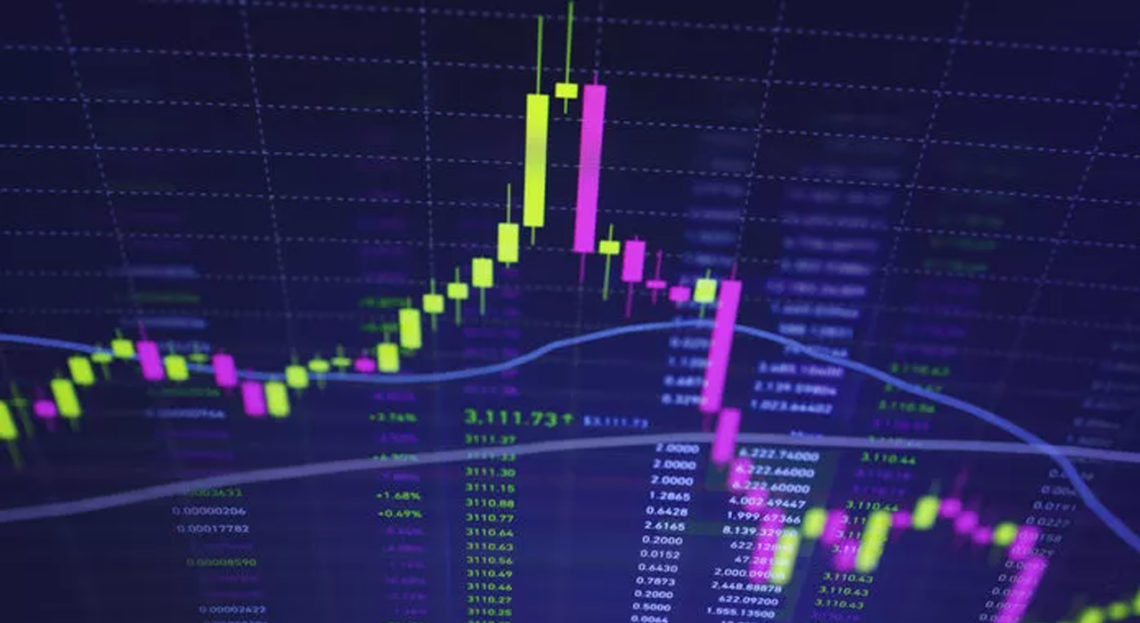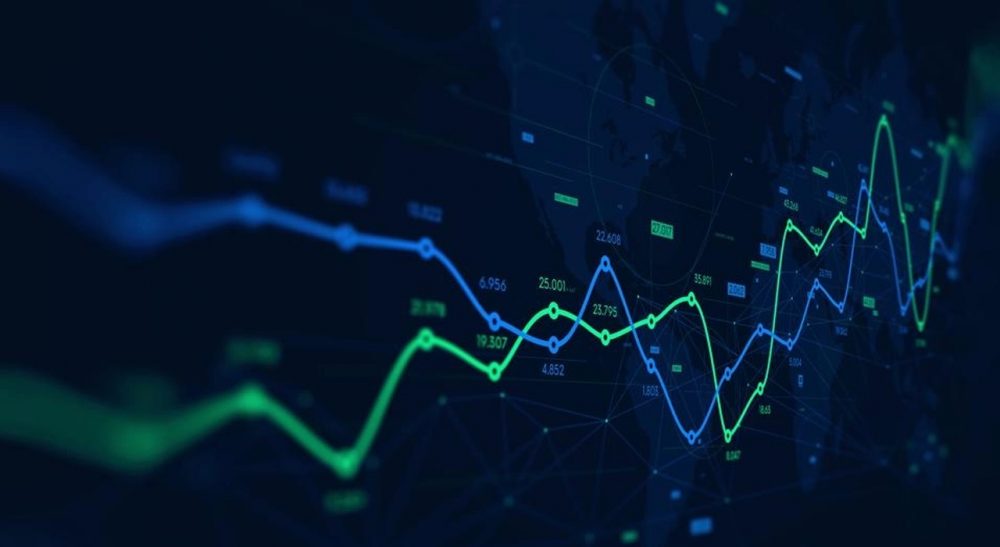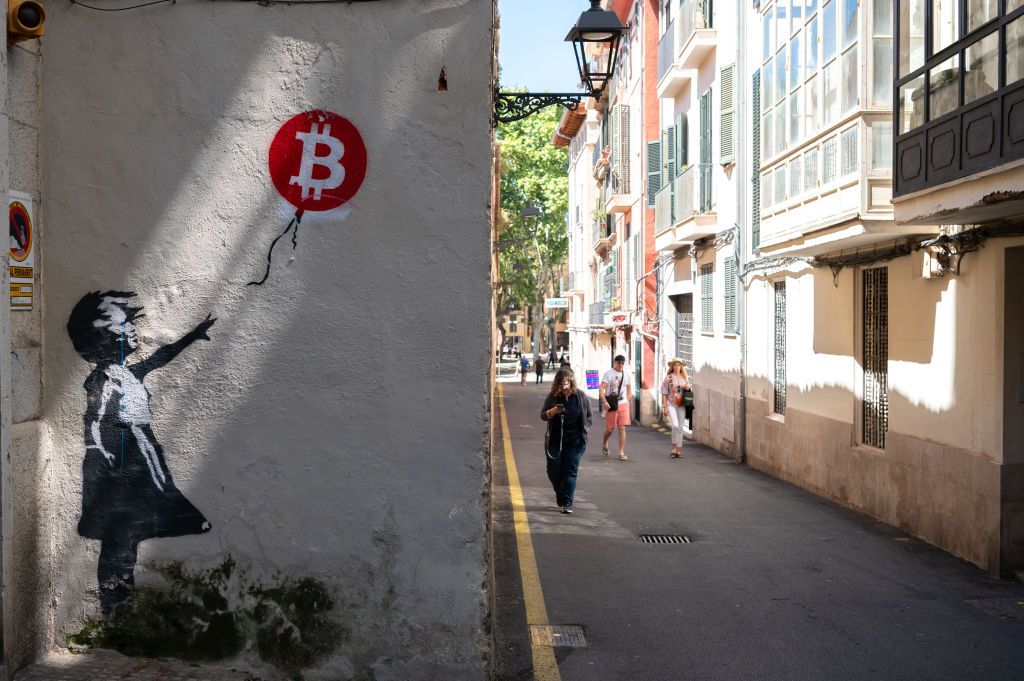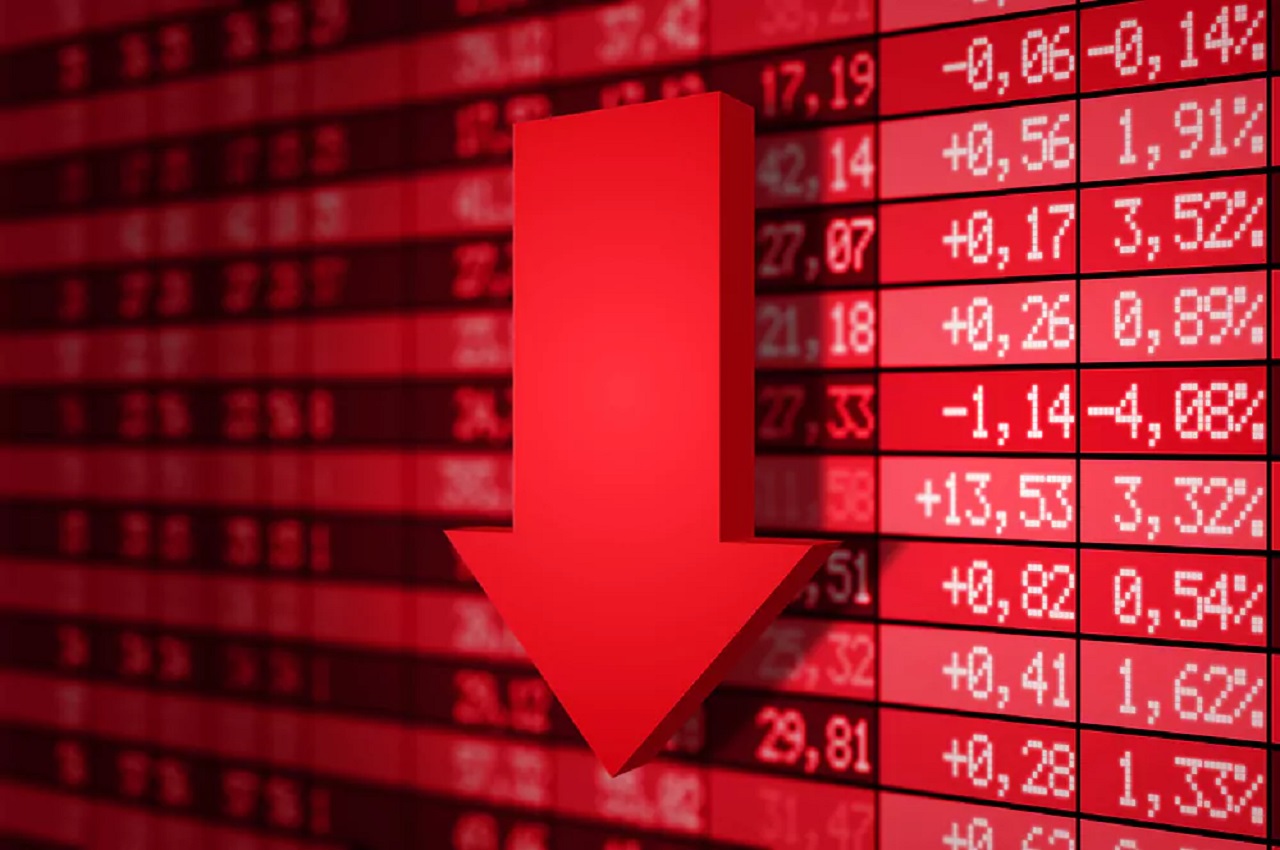Volatility is the volatility experienced in the price of a particular product over a period of time in financial markets. It is a term used to express risk and uncertainty in the stock market.
Volatility measures how often the changes in prices occur and the size of the difference between the price movements of the financial product. Volatility was first measured in 1993 and has been used in today’s markets on a global scale. In most cases, the higher the volatility, the riskier the assets. Volatility measures changes in both directions, up or down. Sometimes volatility value can be measured as a number and sometimes as a percentage.
How Is Volatility Measured?
Volatility is measured by calculating the standard deviation of annualized returns over a period of time. Typical standard deviation or variance operations are sufficient for calculations. The higher the values in both calculations, the more volatile returns and prices are. High value standard deviation or variance calculations indicate that prices will move in a wide range, while low values indicate that prices will hover in a narrow gap and will be close to each other. Wide range of prices; means increased uncertainty, risk and market distrust. In short, as the volatility index rises, confidence in the market decreases. Rapid price fluctuation is considered volatility.

What Are the Types of Volatility?
It appears in five different ways. The types of volatility are as follows:
- Price Fluctuation: As a result of a strong fluctuation in the supply and demand of the instrument, increases and decreases in price occur. Aggressive and sudden fluctuation in the price of the instrument is a type of volatility.
- Stocks: Stocks are very fragile instruments. They are affected by many reasons that develop. For this reason, it is included in the risky instrument category.
- Historical Volatility : The amount of change in an investment instrument in the last year is called historical volatility. In order to understand the volatility, the rate of change of the price of the relevant instrument last year and the rate of change of this year’s price are looked at.
- Implied Volatility:The playing level of the instrument that the investor thinks he may have in the future is called.
- Volatility Index: It is defined as the index of fear developing in the relevant markets. It was first calculated in 1993.
What Factors Affect Volatility?
Every factor affecting the product whose volatility is calculated and the financial markets also affects the volatility index. These factors are as follows:
- Supply and demand
- Economy
- Manipulation, expectation and speculation
- Media and scandals
- Company news and current developments
- Wars, terrorist incidents and natural disasters
- Political events and global relations







